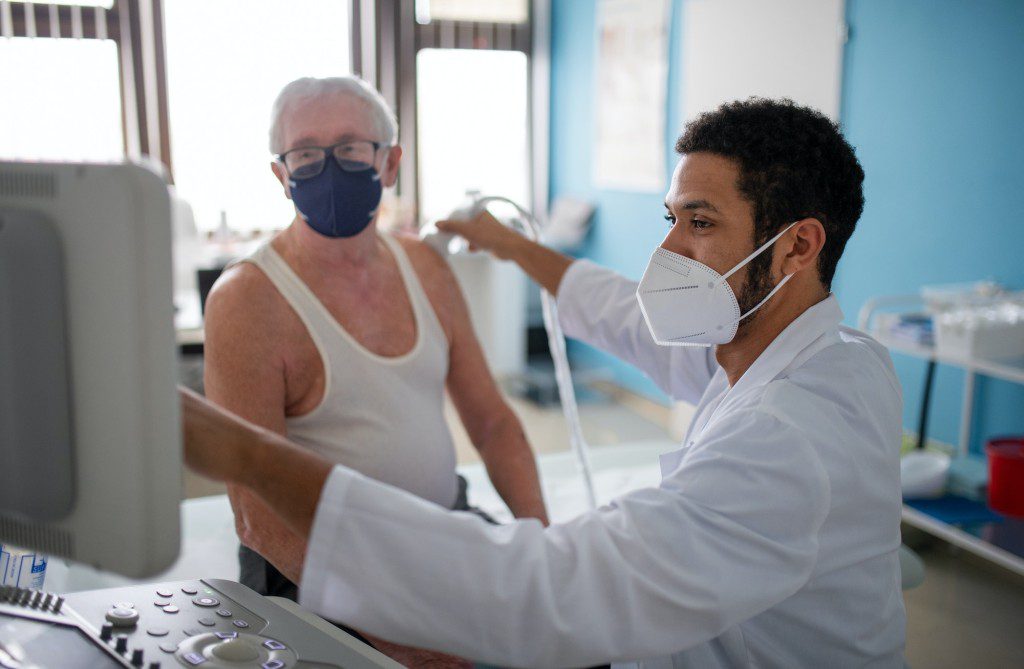
Remote affected person monitoring (RPM) is a healthcare era that permits healthcare companies to display an affected person’s fitness remotely. RPM has become increasingly popular in recent years due to the rise of chronic diseases and the need for more efficient and effective healthcare delivery systems.
This essay will explore the benefits of RPM, its impact on patient care, and its potential drawbacks. One of the number one blessings of RPM is that it lets sufferers obtain care from the consolation in their very own homes. This is especially critical for sufferers with persistent illnesses who require ongoing tracking but might not be capable of tours to a healthcare facility regularly. RPM also can assist lessen health center readmissions via way of means of detecting adjustments in a patient’s situation early on, taking into account well-timed intervention. RPM can also improve patient outcomes by providing more personalized care. By collecting data on patients’ vital signs and symptoms, healthcare providers can tailor treatment plans to meet individual needs. This can lead to better medication adherence, improved disease management, and ultimately better health outcomes. However, there are some potential drawbacks to RPM as well.
One concern is that it may lead to over-monitoring or unnecessary interventions if data is misinterpreted or acted upon too quickly without proper clinical judgment. Additionally, there may be issues with data security and privacy of sensitive medical information transmitted over unsecured networks. Despite these concerns, RPM has shown great promise in improving patient care and reducing healthcare costs. As generation keeps advancing, we can count on even greater state-of-the-art far-flung monitoring systems that will further enhance our ability to provide high-quality care from a distance. In conclusion, remote patient monitoring has revolutionized the way we deliver healthcare services today. It offers numerous benefits such as improved access to care for patients with chronic conditions while reducing hospital readmissions rates through early detection of changes in their condition leading ultimately towards better health outcomes for all involved parties concerned with delivering quality medical services at affordable prices while maintaining high levels of efficiency throughout the entire process chain from diagnosis to treatment and beyond.
